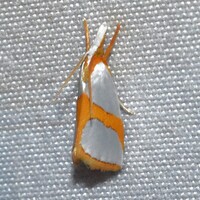
| Recorded by: Jeff Niznik, David George on 2025-08-29
Richmond Co.
Comment: | 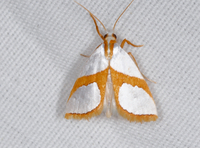
| Recorded by: Jim Petranka on 2025-05-24
Richmond Co.
Comment: |
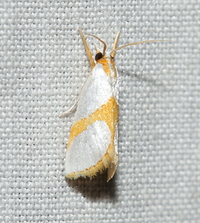
| Recorded by: David George, Jeff Niznik, Jim Petranka, Becky Elkin on 2025-05-24
Richmond Co.
Comment: | 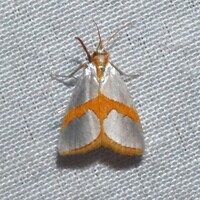
| Recorded by: Jeff Niznik, David George on 2025-05-09
Cumberland Co.
Comment: |
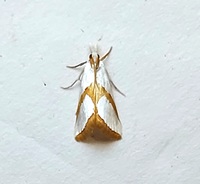
| Recorded by: Mark Basinger on 2025-05-03
Brunswick Co.
Comment: | 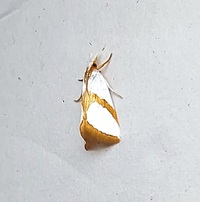
| Recorded by: Mark Basinger on 2025-05-03
Brunswick Co.
Comment: |
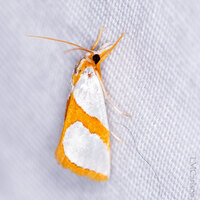
| Recorded by: David George, L. M. Carlson, Stephen Dunn on 2022-06-04
Orange Co.
Comment: | 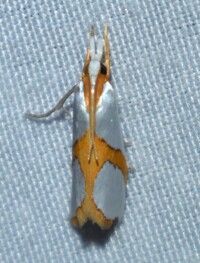
| Recorded by: Jeff Niznik on 2022-05-25
Chatham Co.
Comment: |
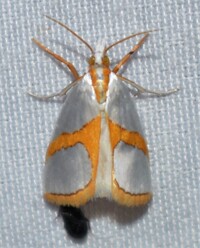
| Recorded by: Jeff Niznik on 2022-05-17
Chatham Co.
Comment: | 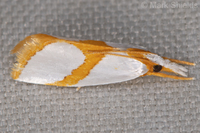
| Recorded by: Mark Shields on 2019-09-14
Onslow Co.
Comment: |
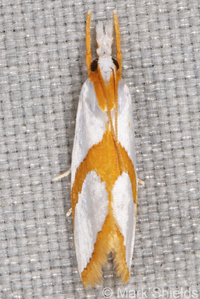
| Recorded by: Mark Shields on 2019-09-14
Onslow Co.
Comment: | 
| Recorded by: Chris Talkington on 2015-07-10
Mecklenburg Co.
Comment: |
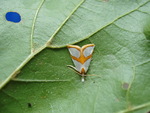
| Recorded by: FKW on 2006-07-05
Gates Co.
Comment: |

 »
»




 »
»


